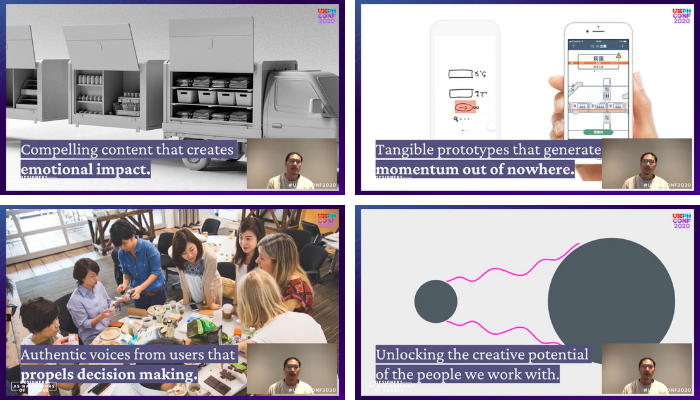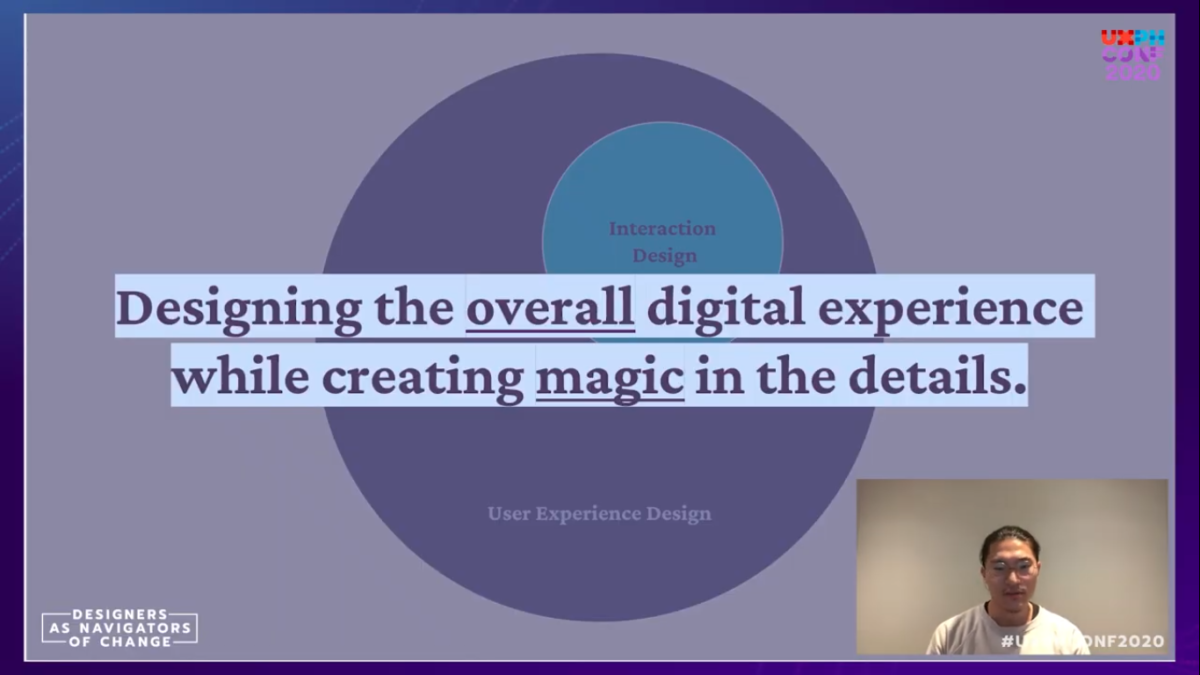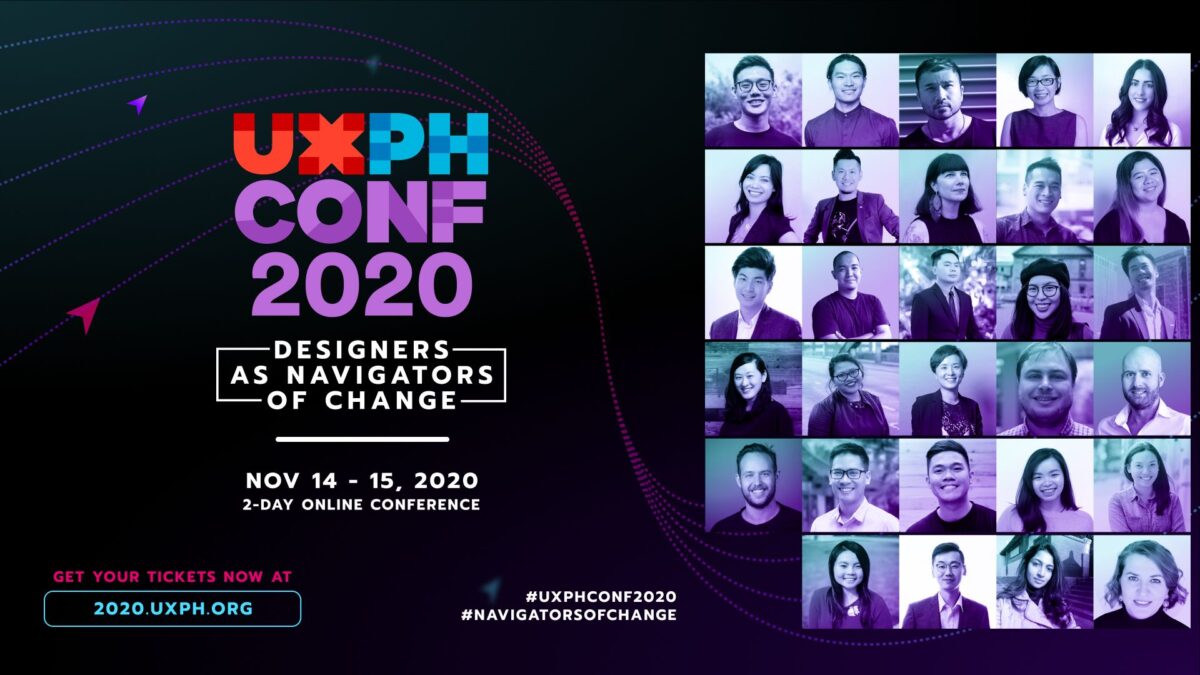Manila, Philippines – “Designing the overall digital experience while creating magic in the details.”
The phrase, defining interaction design as a separate entity of user experience design, is a perfect summary of how new experiences can be developed out of ambiguity, as explained in one of UXPH Conference 2020’s lightning talks titled “Designers as Enablers of Change”.

Presented by Daisuke Yukita, one of global design firm IDEO Tokyo’s interaction designers, the talk centers on the importance of creating meaningful designs that speak to customer experience and accessibility. Furthermore, Yukita stresses the importance of bringing the stakeholders on board to further understand the design process and achieve change.

“We should try as much as possible the stakeholders along the design process, and it’s not just the furnished parts, it’s also the messy parts. We need to learn to embrace that effort and time that it may take because it does lead to a bigger impact,” Yukita stated.
During the talk, he also narrates various instances that interaction design has led to a ‘golden age’ of small yet meaningful designs, from micro-features like Recycle Bin and right click, to more meaningful and interactive projects from ‘Remote High Five’ to creating a school from the ground-up.
While often met with ambiguous questions from clients on solving business problems, Yukita notes that most of them change from “I wish it was…” to “How it can be changed…”, all thanks to a diversity of effort.
“There are designers like interaction designers, communication designers, mechanical engineers, and business designers. It’s not just that, there are people from all sorts of backgrounds and careers, like physicians or musicians or food scientists. With these amazing people, we practice design thinking.”

Another key takeaway from the talk is that the design process is, and should be focused on the lens of the people.
“Always think in the lens of the people. When you create something new, you need to think of it from a business sense, which would be the viability; the technology lens, the feasibility, and the people lens, the desirability. You all make the key decisions with the people in the center of the design process.”
Daisuke Yukita, Interaction Designer at IDEO Tokyo
Yukita concludes his talk by adding that aside from taking stakeholders on board, designers must also provide rationale for future processes and create outputs that are distributive
MARKETECH APAC is an official media partner at the UXPH Conference 2020: Designers as Navigators of Change, which was held from November 14 to 15, 2020.






